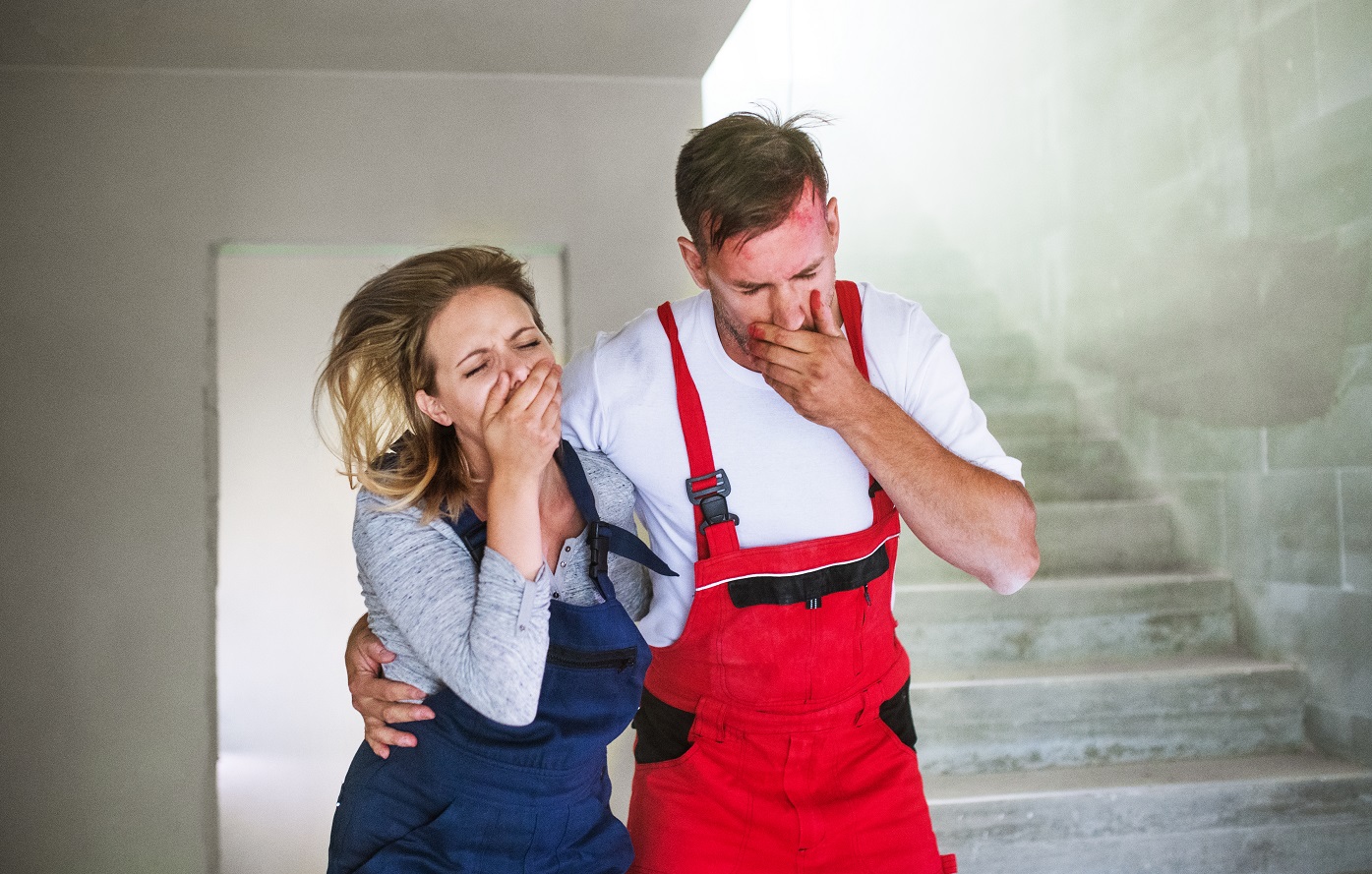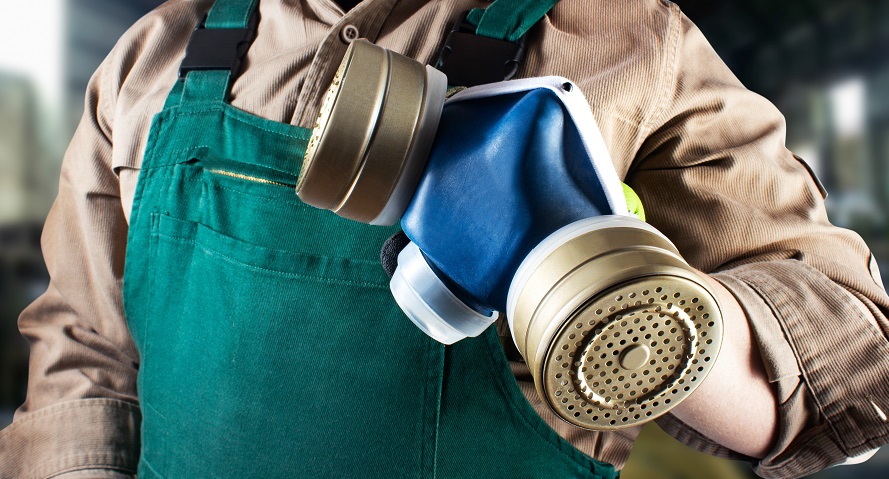If you work as a tradie, you know about the challenges and risks involved in your job. Balancing the demands of running a business while staying on top of job projects can be difficult under the best circumstances. Unfortunately, the best circumstances are not the norm for tradies.
According to a report from the Australian Physiotherapy Association (APA), tradies experience the worst health and safety conditions of the entire Australian workforce. The disproportionately large number of disease compensation and serious injury claims filed by those employed in the trade industries backs up these beliefs.
One specific disease is in the spotlight as being a true health crisis, particularly for tradies, is silicosis.
If you are not familiar with the term, you’re not alone. Once a prevalent disorder impacting miners more than any profession, cases of silicosis started to decline in the 1940s, and by the 1960s Australian health experts felt silicosis was not a threat to the population. In fact, newly trained doctors frequently do not recognise silicosis symptoms in their patients.
Working as a tradie puts you at a high risk of developing silicosis, so understanding the disease, its risk factors, and how to protect yourself are crucial. Additionally, tradies need to make serious inquiries about the types of insurance cover they need in order to protect themselves and their families from lost wages, inability to work, or worse.
Silicosis: What You Need to Know
Silicosis is a chronic, incurable, and often deadly lung disease. Inhaling quantities of respirable crystalline silica (also known as RCS) cause the disease.
Action Inside the Lungs
- Crystalline silica bits injure lung tissue causing a buildup of scar tissue
- The scar tissue in the lungs impedes the delivery of oxygen
- The RCS particles also embed inside the alveolar sacs in the lungs
- A buildup of the silica dust stays in the sacs because coughing will not remove it
- The crystalline silica dust continues to build over time and consistently diminishes the ability of the lungs to function
Symptoms of Silicosis
The symptoms of silicosis overlap a number of other illnesses that it is often hard to diagnose.
- Chest Pain
- Decreased appetite
- Fatigue and weakness
- Fever
- Respiratory distress
- Shortness of breath

The Three Types of Silicosis
Silicosis presents itself as one of three distinct varieties.
- Chronic Silicosis – The form of the disease seen most often is chronic silicosis. It strikes after lower-level exposure to silica dust over many years. The numerous and sometimes vague symptoms make diagnosis difficult. Patients with chronic silicosis can conquer the disease with a timely lung transplant.
- Accelerated Silicosis – Typically, accelerated silicosis emerges after five or ten years of high-level exposure to RCS. Patients experience a rapid decline in their well-being and are not able to function without oxygen therapy. Accelerated silicosis, like chronic silicosis, can only be cured by a lung transplant.
- Acute Silicosis – This form of the disease develops after exposure to extremely high levels of crystalline silica dust. The acute type of silicosis advances rapidly. Often patients with acute silicosis will survive for mere months before losing their battle with the disease.
Diagnosing Silicosis
Silicosis can be difficult for medical practitioners to diagnose for a few reasons.
- In many cases, the symptoms advance slowly, and the patient has no reason to think they have a critical illness
- Symptoms can be vague and often mistaken as signs of other common illnesses
- Silicosis has been a rare condition in Australia for many decades. Because of this, newer doctors do not have training or experience with silicosis and its symptoms
If you experience the common silicosis symptoms and have regular exposure to silica dust, contact your doctor and insist on testing.
Preliminary tests include chest x-rays, lung function analysis, and tests to rule out other disorders such as tuberculosis or chronic obstructive pulmonary disease. Results of your initial tests will dictate if other measures such as a CT scan or visits to specialists are necessary.
Why is There an Increase in Silica Dust Exposure?
Silicosis is occurring in men at much earlier ages than when the disease was prominent in years past. The reason for this is an increase in exposure to high levels of RCS.
The prevalence of engineered stone is significant (if not the main) contributor to the resurgence of silicosis. This is because of the excessively high levels of silica found in the product.
Years ago, silicosis developed from exposure to RCS over periods of ten years or longer. At that point, the concentration of silica in workplace dust was around five per cent. In contrast, dust from engineered stone has a concentration of 90 per cent silica.
How Can Tradies Reduce Exposure to Silica Dust?
Because the dust is not visible, tradies need to protect themselves from exposure. Fortunately, there are several measures that are known to lower the levels of exposure to RCS.

- Invest in protective respirators made to reduce or eliminate exposure to crystalline silica dust
- Use gear fitted with special dust collecting bags to help contain the dust
- Do not dry-cut stone, especially engineered stone. Wet stone reduces all forms of dust
- Work in well-ventilated areas
While the growing number of silicosis cases is disturbing, tradies who are knowledgeable about the dangers will likely be the best protected.
Take the time to outfit yourself for protection against RCS dust. Additionally, do not neglect to review your insurance cover so you will have the peace of mind that comes with good protection.
